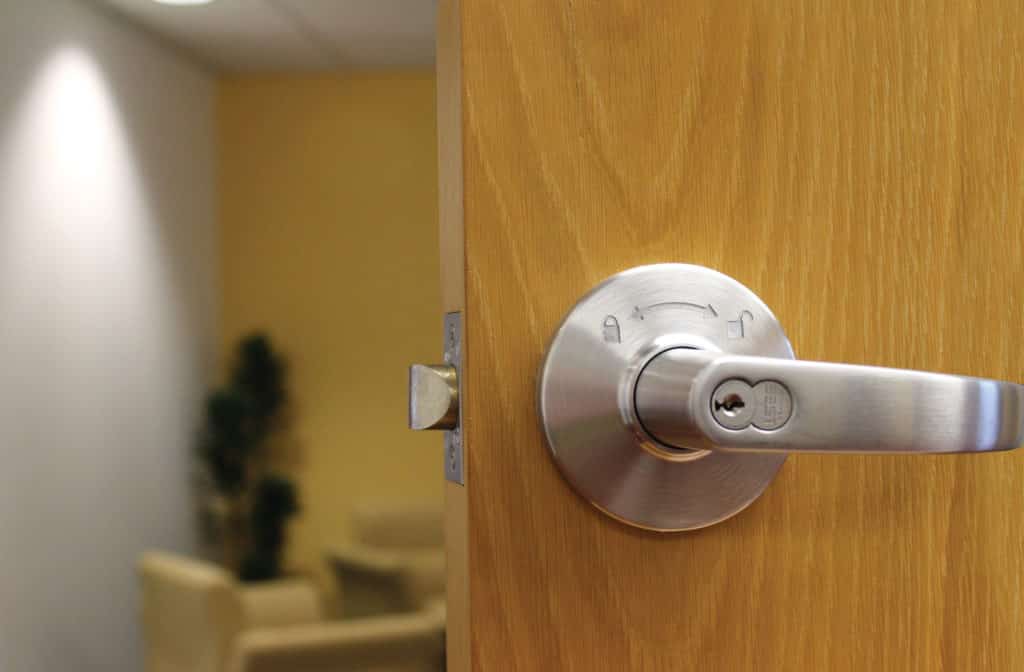A new study from the American Institutes for Research examines the effects of the type and length of suspensions received by middle and high school students’ on their educational outcomes, their same-grade same-school peers’ educational outcomes and school climate. While an abundance of research has shown that exclusionary discipline has negative affects on individual students and their peers, little is known about how the type and length of suspension are related to academic and nonacademic outcomes for disciplined students and their peers.
AIR partnered with the New York City Department of Education on the study and subsequent report, Less is More: The Effects of Suspension and Suspension Severity on Behavioral and Academic Outcomes.
The research team analyzed administrative data for middle and high school students attending New York City public schools from 2009–18 to study every student who was eligible to be suspended and the short- and long-term effects of suspension over this 10-year period. During the 10 years, there were 1.24 million reported student behavioral incidents, ranging in severity from minor offenses, such as insubordination, to severe violent offenses, including use of a weapon. The study follows students through graduation, dropping out or until 2018 for students still enrolled. It compares the outcomes of students who received a harsher disciplinary response to the outcomes of students who have similar observable characteristics, yet received a less harsh response for the same type of offense.
“The results of our research, and related research on suspensions and the science of learning development, suggest these practices may be harming students’ long-term educational success and do not have a positive effect on the school community,” said David Osher, AIR Vice President and Institute Fellow, in a statement.
Among the report’s major findings:
- More severe exclusionary discipline had a consistent negative effect on middle and high school students’ math and English language arts credit accumulation and likelihood of graduating on time. For example, high school students who received an out-of-school suspension (OSS) rather than an in-school suspension (ISS) were about 3 percentage points less likely to attain both a math and ELA credit the following year. An OSS of 21 or more days had the largest negative effects on graduation, with a 5-percentage point reduction in the likelihood of graduating on time.
- More severe exclusionary discipline has a consistent negative effect on middle school students’ future reported behavior. Receiving an OSS rather than an ISS and receiving a longer OSS rather than a shorter one had particularly negative consequences. No effects were found for high school students. This suggests that more severe exclusionary discipline does not serve as a deterrent to reported future misbehavior and, for younger children, may exacerbate reported future behavior.
- The effects of exclusionary discipline on students’ later behavior and educational outcomes were similar for all students regardless of race, socioeconomic status or disability. However, since data show that Black students and students with disabilities face exclusionary discipline at much higher rates, the negative effects disproportionately impact students in those subgroups.
- Middle and high school students both missed more days due to suspension in subsequent school years when they were given a more severe disciplinary response.
- The analysis did not find any effect of the severity of discipline a student receives on the behavior, attendance or achievement of their peers. Additionally, teacher and student reports of school climate, including school safety and classroom learning environment, were not affected by the severity of the discipline a student received.
The report concludes that “these negative educational effects on students are not accompanied by any improvements to their peers’ outcomes or school’s climate. As such, these results do not support claims that removing misbehaving students from the classroom is necessary to deter other students from similar behavior and to ensure that their peers are able to learn and feel safe within their school.”





